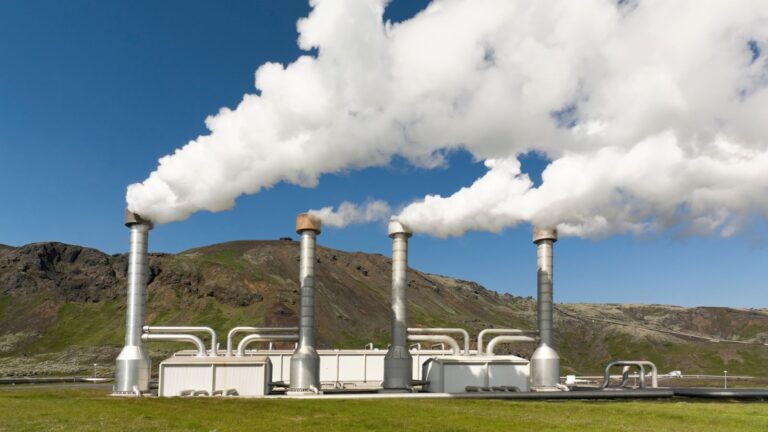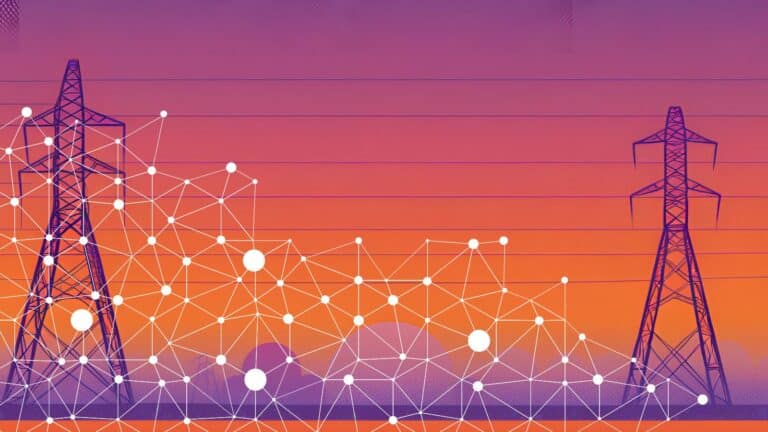This report represents the research and views of the author. It does not necessarily represent the views of the Center on Global Energy Policy. The piece may be subject to further revision. Contributions to SIPA for the benefit of CGEP are general use gifts, which gives the Center discretion in how it allocates these funds. Rare cases of sponsored projects are clearly indicated.
For a full list of financial supporters of the Center on Global Energy Policy at Columbia University SIPA, please visit our website at Our Partners. See below a list of members that are currently in CGEP’s Visionary Annual Circle. This list is updated periodically.
-
CGEP’s Visionary Annual Circle
-
Corporate Partnerships
Occidental Petroleum Corporation
Tellurian Inc
Foundations and Individual Donors
Anonymous
Anonymous
the bedari collective
Jay Bernstein
Breakthrough Energy LLC
Children’s Investment Fund Foundation (CIFF)
Arjun Murti
Ray Rothrock
Kimberly and Scott Sheffield
Executive Summary
The United States is witnessing rapidly growing interest in clean electricity generation, driven by soaring consumer demand for clean energy and the country’s goal to reduce greenhouse gas emissions. In parallel, the time it takes for new, clean generation projects to move from design to execution in the US has lengthened, meaning that the rising interest has not been matched by supply. The country’s largest grid operator, PJM Interconnection (PJM), has experienced the most severe delays and backlog in new generation—projects entering the queue today have little chance of coming online before 2030.
It is widely understood that an increasingly lengthy interconnection process, which involves a series of studies and upgrades grid operators must take to ensure projects can connect to the grid safely and reliably, is responsible for this state of affairs. It is not clear how this longer process interacts with other known project development challenges—such as siting and permitting issues, supply chain constraints, and inflationary pressures—and to what extent such interactions may lengthen the timeline for bringing projects online. Understanding these dynamics can help answer critical questions about grid reliability going forward, including whether it will be necessary to delay or cancel the planned retirement of aging fossil fuel-fired generation resources that the new generation is intended to replace.
This report attempts to fill this knowledge gap. It presents results of an author-developed survey of those best positioned to understand the impacts of interconnection process delays: project developers in the PJM market. The key finding from the survey is that PJM’s increasingly lengthy interconnection process is exacerbating siting and permitting challenges and leading to knock-on delays in equipment procurement and financing decisions, suggesting the timeline for new generation in this market will likely remain long for the foreseeable future. Given the importance of new entry to keeping prices competitive and maintaining reliability amid the retirement of older fossil resources, PJM will need to find ways to reduce interconnection delays or reconsider when those fossil resources should be retired.
Other notable findings include the following:
- Most developers expect to delay construction milestones or suspend some or all of their development efforts.
- Only 10 percent of developers report that any of their projects will come online within 12 months of receiving an interconnection service agreement, and most report their projects will require at least 24 months from the time they receive such an agreement to reach commercial operation.
- Developers report very few duplicative interconnection requests, potentially calling into question the conventional wisdom that such projects are a major cause of interconnection delays.
- Over half of the developers who reported withdrawing, suspending, or pausing projects identifiedinterconnection upgrade costs as a significant concern.
- Solar developers report that an outlook of lower value for renewable energy attributes (such as renewable energy credits) was a key factor in their decision to cancel or delay projects, while forward energy prices were less important.
- Offshore wind developers noted that the federal permitting process may require them to consider alternative points of interconnection or alternative turbine sizes, which can create late-stage changes to a project that may not qualify for PJM’s traditional process for amending interconnection requests.





